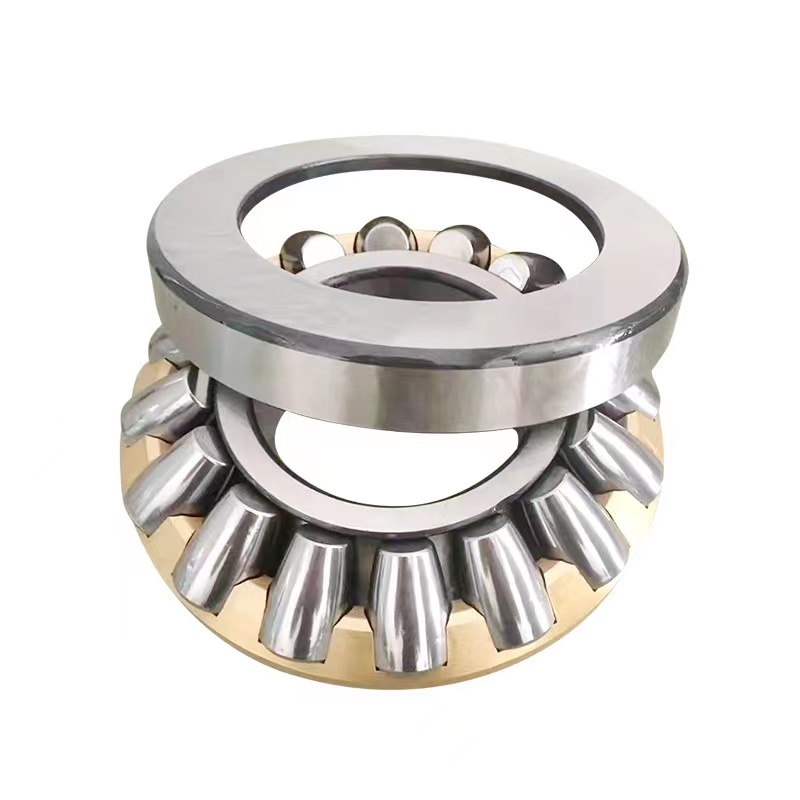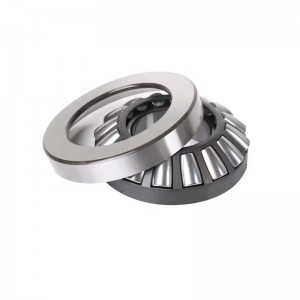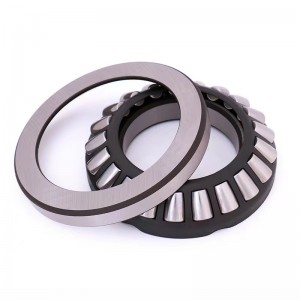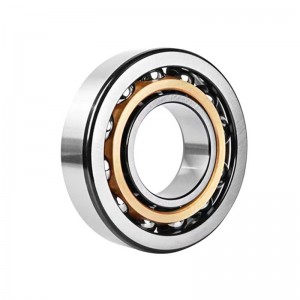Nine types of self-aligning roller bearings, complete models, manufacturers spot
Product Characteristics
Different from other thrust bearings in the sample, this type of bearing has a very large axial load capacity and can bear several radial loads while bearing axial loads, but the radial load shall not exceed 55% of the axial load.
As long as the loads P and P0 do not exceed 0.05c0 and the ring rotates, the bearing allows the aligning angles listed in the table below.
Bearing diameter series Self-aligning Angle Bearing diameter series self-aligning Angle 200 series 1°~1.5° 300 series 1.5°~2° 400 series 2°~3° Small values are suitable for larger bearings, and the allowable self-aligning Angle will decrease as the load increases.
Oil lubrication is generally used when using.
The thrust tapered roller bearing can only bear unidirectional axial load and can limit the unidirectional axial displacement of the bearing, so it can be used for unidirectional axial positioning. Compared with thrust cylindrical roller bearings, the bearing capacity is large, the relative sliding is small, but the limit speed is low.
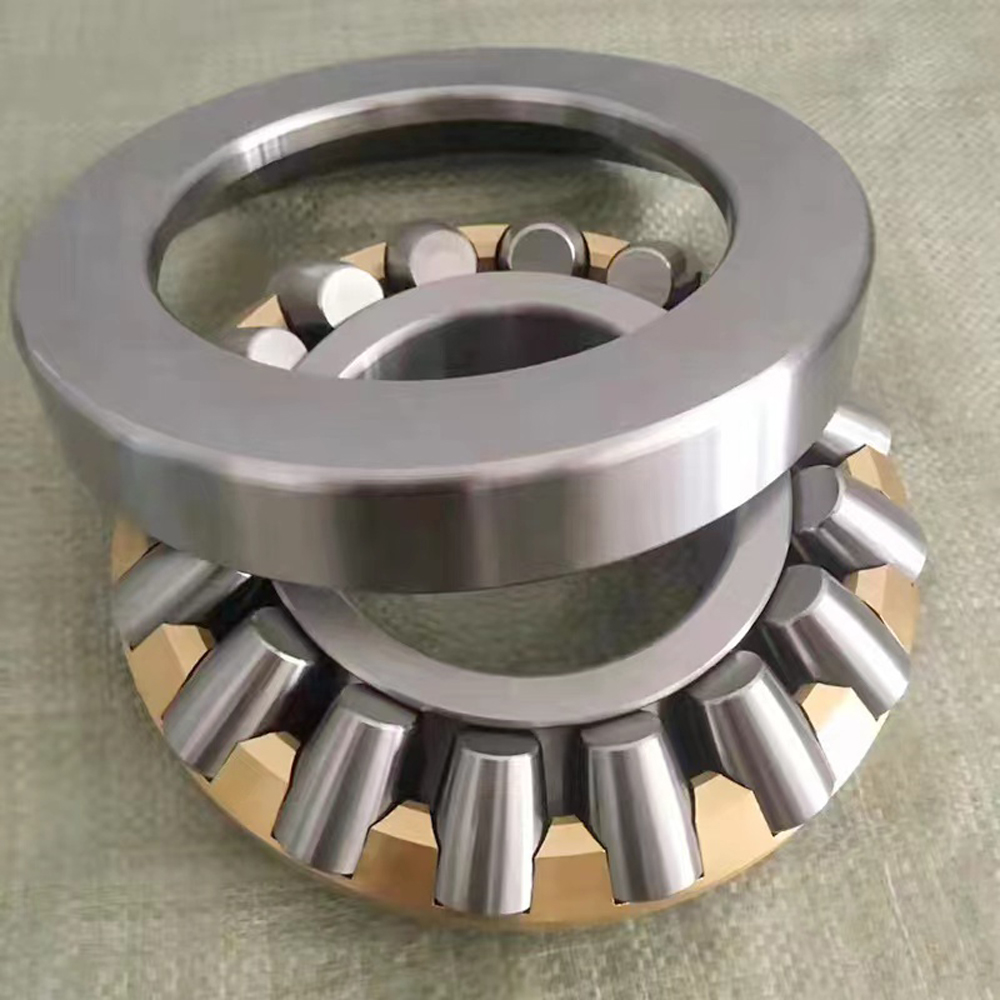
Bearing Performance Characteristics
1. Interference fit should not be used for the outer ring of the self-aligning roller bearing and the housing hole of the bearing seat, and the fit of the inner ring and the journal should not be too tight. It should be able to produce more flexible axial displacement when the nut is adjusted in the installation. Because if interference fit is used for self-alenting roller bearings, it is easy to change the contact Angle of bearings, resulting in uneven distribution of bearing loads and high temperature rise. Therefore, the inner and outer rings of this kind of bearing and the installation of the journal and the bearing seat shell hole should generally be matched with both hands thumb can just push the bearing into the journal and the shell hole for the best.
2. For the installation axial clearance of the self-aligning roller bearing, the thread in the hole of the shaft seat can be adjusted by adjusting the nut on the journal, adjusting the gasket and the bearing seat, or by pretightening the spring and other methods. The size of axial clearance is related to the arrangement of bearing installation, the distance between bearings, and the material of shaft and bearing seat, which can be determined according to the working conditions. For self-alenting roller bearings with high load and high speed, the influence of temperature rise on axial clearance must be considered when adjusting clearance, and the reduction of clearance caused by temperature rise should be estimated. In other words, the axial clearance should be appropriately adjusted to be larger. For bearings with low speed and bearing vibration, no-clearance installation or pre-load installation should be adopted. The purpose is to make the roller and raceway of the self-aligning roller bearing have good contact, the load is evenly distributed, and the roller and raceway are prevented from being damaged by vibration and impact. After adjustment, the size of axial clearance is checked by dial meter. The method is to fix the dial meter on the fuselage or the bearing seat, so that the dial contact against the smooth surface of the shaft, push the shaft along the axial direction, the maximum pendulum momentum of the needle is the axial clearance value.

